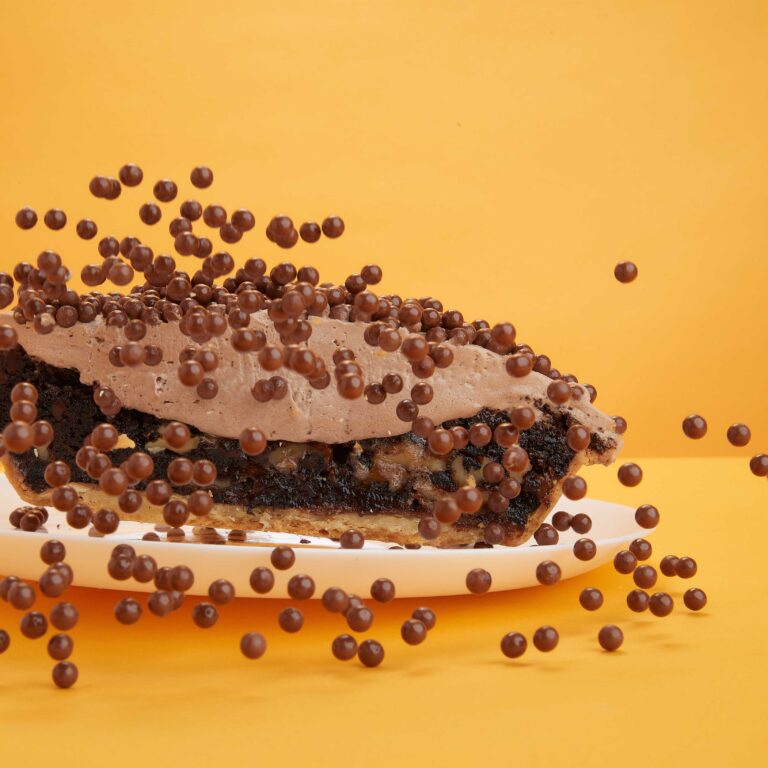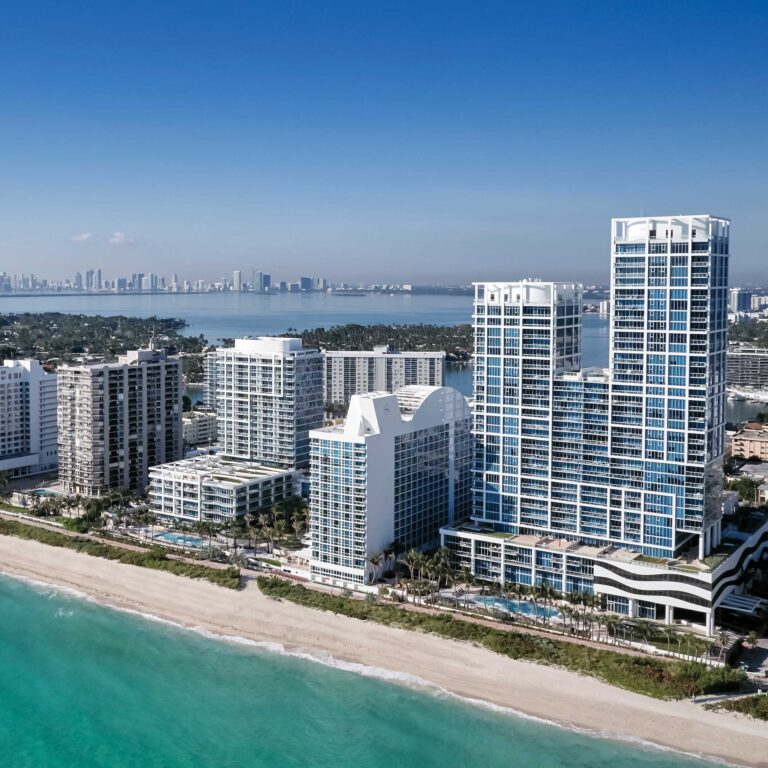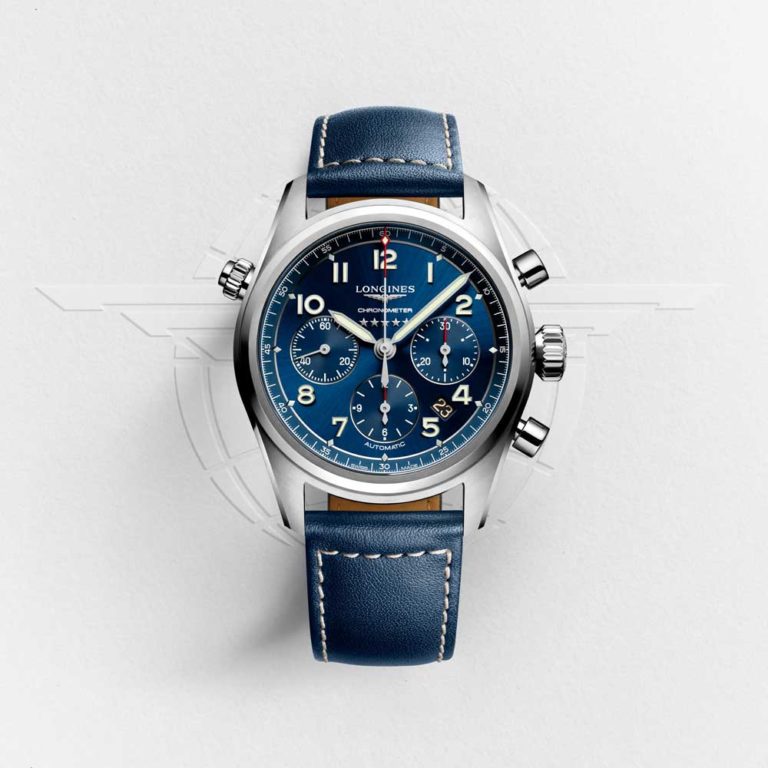Luxury brands reach beyond legacy media
April 8, 2016 | hi-gloss | by Roberto Villazón
No wakeup call needed here — it’s no secret that legacy media must be complemented by digital efforts to provide all levels of engagement with consumers. Yes, we’re talking to you too, luxury brands. How will you stay ahead of your fans and customers as new disruptors race to engage audiences and take your market share? The move to digital is more than just about following trends — your brand’s very survival is being challenged. Get on board with an up-to-date holistic campaign, and tell your competitors to back off!
In 1960 and 2007 alike, reaching consumers was a Mad Men-esq process of taking out newspaper ads, or purchasing TV spots during the evening news, or radio segments during “drive time.” During this period, target markets were much more narrow and far less complex. Oh the simple days… yawn.
We still love traditional mediums for maintaining brand equity and competing for longevity, and there remains a smart place for them in your media plan (especially those showy wallscapes. How we love designing those…and bragging about them). But traditional is no longer enough — not if you want to expand your reach. In order to grow, you have to attract a broader range of consumers. In order to reach the infinite layers of probable consumers of your product, from millennials (ownership ask about them lately?) to baby boomers, you basically have to be where they are, engage on a personal level, and follow up with top-of-mind reminders to purchase. And no, this doesn’t mean incessant re-targeted banners.
As the high earner’s digital engagement continues to increase, and as the numbers of millennial luxury consumers grow, the use of digital marketing is essential in luxury brand marketing. Who do you think can afford the latest and greatest technology? The affluent consumer browsing on their latest gadget (and likely about to walk into someone) is, nonetheless, someone who can afford your product. The 2016 Luxury Predictions by LuxurySociety finds luxury businesses need to fully embrace digital because, quite simply, their consumers already have. Globally, 95% of luxury buyers are digitally connected, and it’s estimated that 75% of luxury purchased are influenced by at least one digital touch point.
In order to achieve the magical “one digital touch point” initiating a consumer’s action to buy, a digital strategy must include a well-rounded, multi-touch point execution of direct display buys, programmatic ads, and native content creation to optimize search marketing — and we can’t forget the need to be everywhere socially. Does your brand have a presence on Instagram? Does it post videos on YouTube? Are you working with publishers on a multi-channel strategy from print to mobile? What about advertising on podcasts? If you answered “no” to any of the above, you are at risk of being left behind.
Conscious to preserve heritage and equity, luxury brands are not typically early adaptors of new technology. And this makes sense: The design and message of a static campaign allows much less risk to the perception of the brand, and the abuse of programmatic buys by retailers can induce luxury brands to think twice before entering into a similar strategy. But at this late hour, the risk of diluting your message is far smaller than the reward associated with increasing engagement, product exposure, and revenue via digital marketing. Approaching a digital strategy with the mindset of preserving the luxury experience will help guide the first steps in protecting luxury equity. Are you buying premium placements? Is your creative engaging and impactful? Does it drive an on- brand call to action? Do you have a fancy brand video to show who’s really boss in the luxury world? In this market, you need one.
In 2015, Styled Magazine — a luxury fashion publication — made the bold decision to proceed with a small print distribution supported by an aggressive digital edition promotional effort. They began with strategic pre-planning of relatable content development, including video captured during the magazine’s fashion shoots. The content was then applied to promotional traffic drivers, such as display advertising, search marketing, in-line video, social promotion, digital out of home videos, email marketing, and search. The results? Over a 500% spike in web usage.
The ever-evolving digital landscape can be overwhelming, especially when the traditional mediums still complement a well-rounded strategy — but a smart, well-laid plan can be tackled with a solid vision and the right partners.



